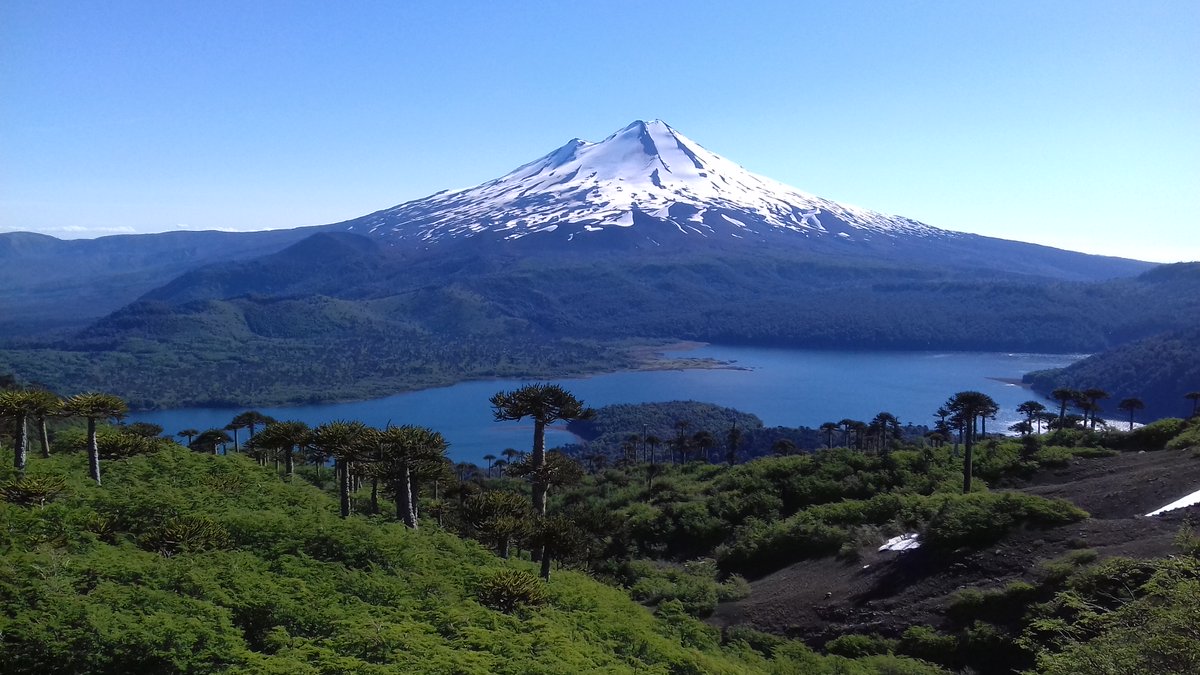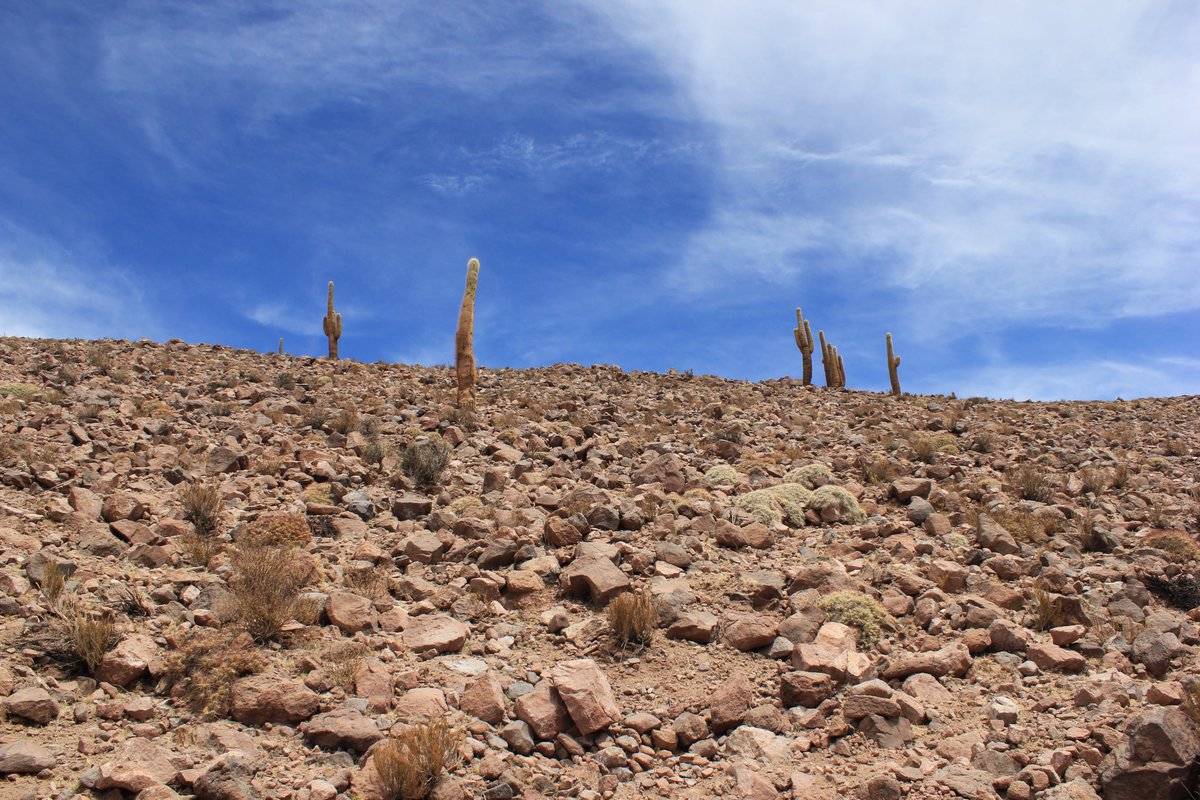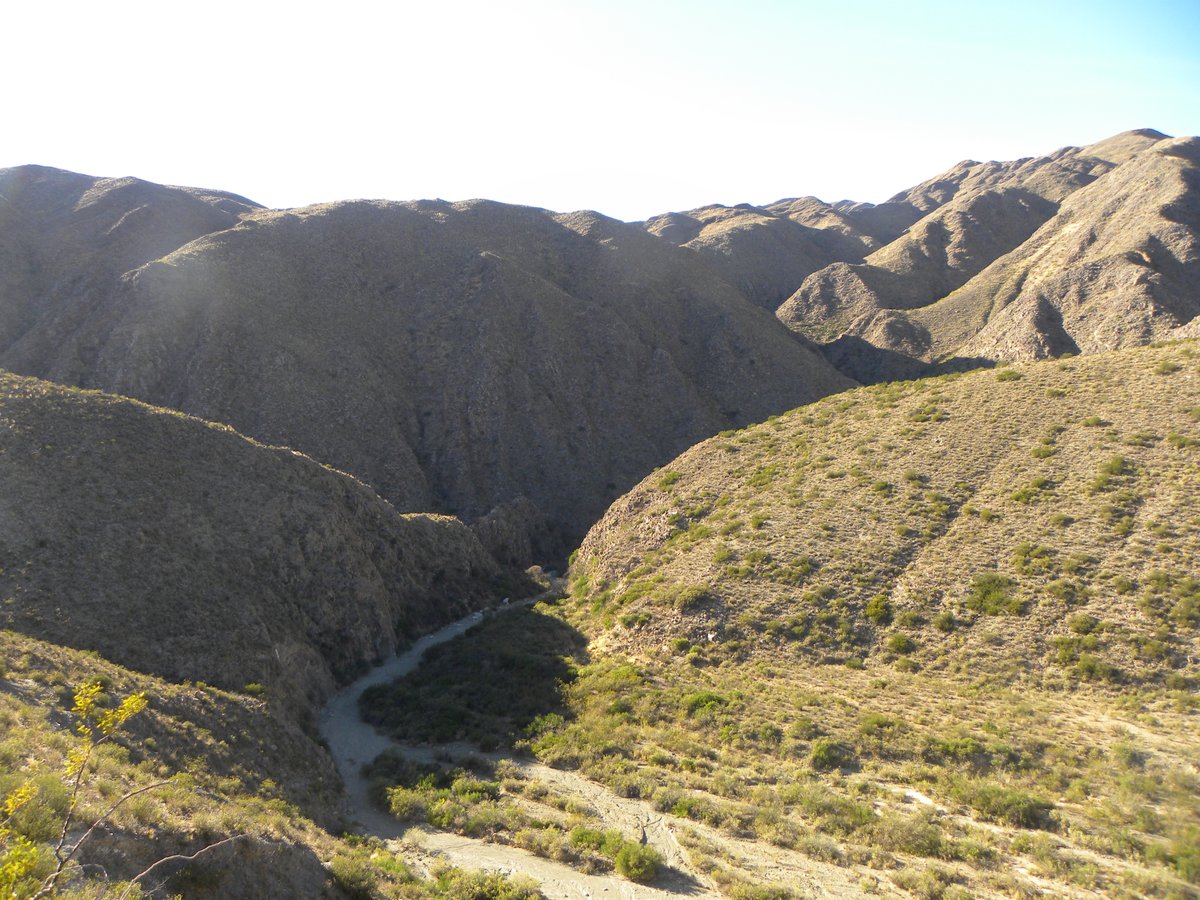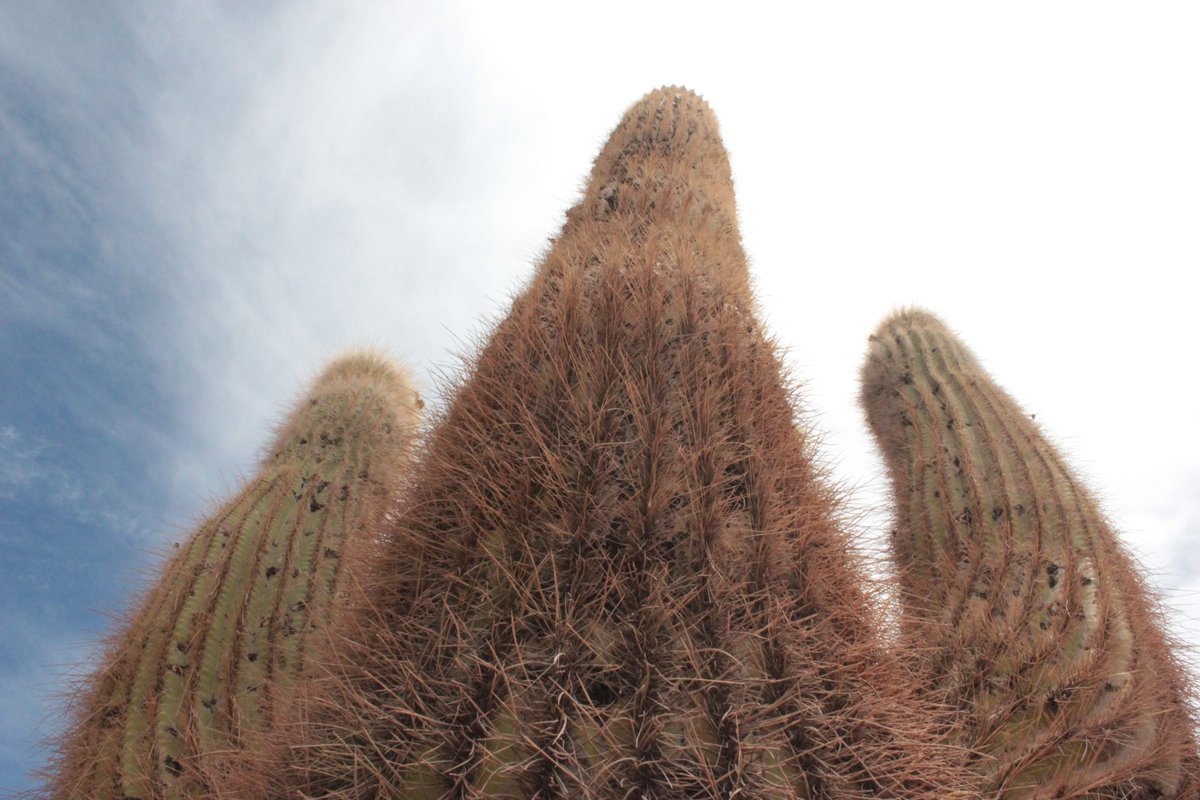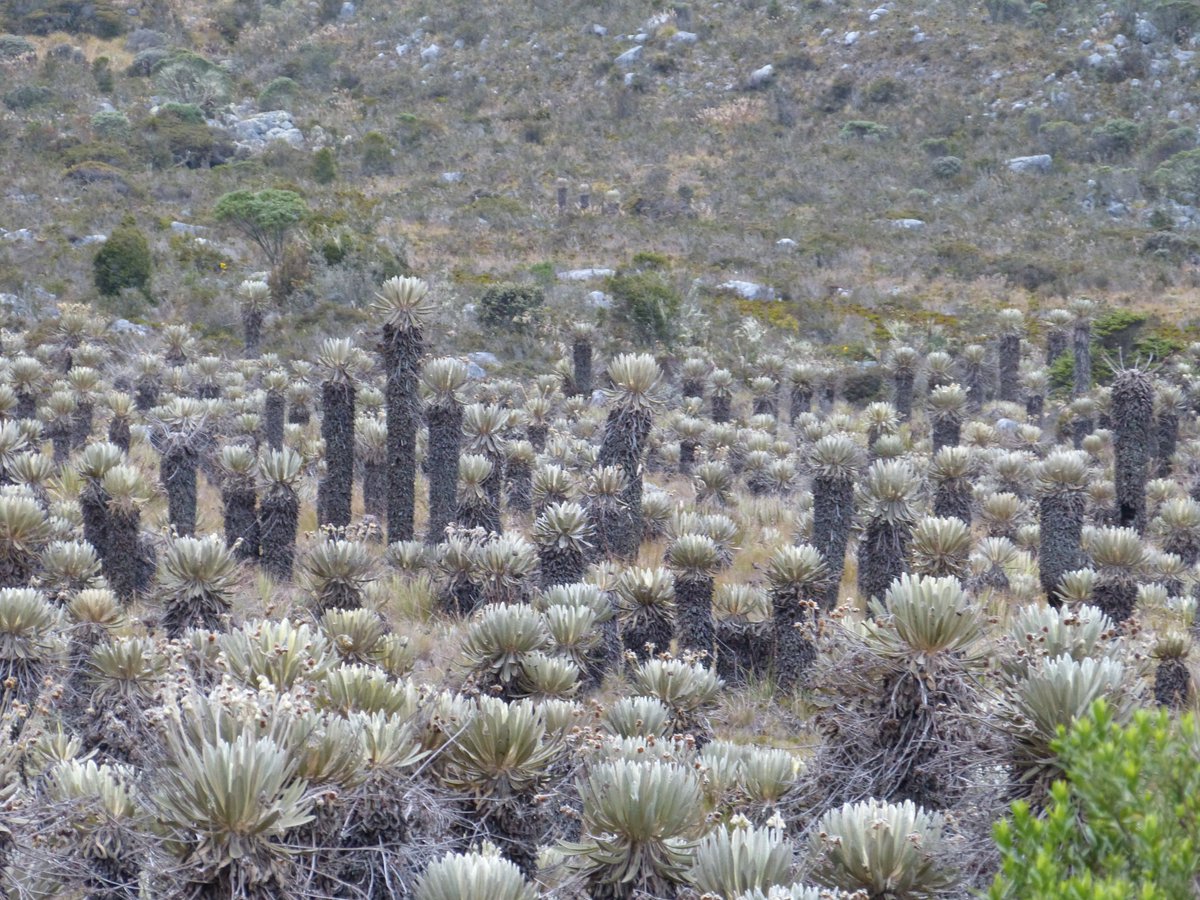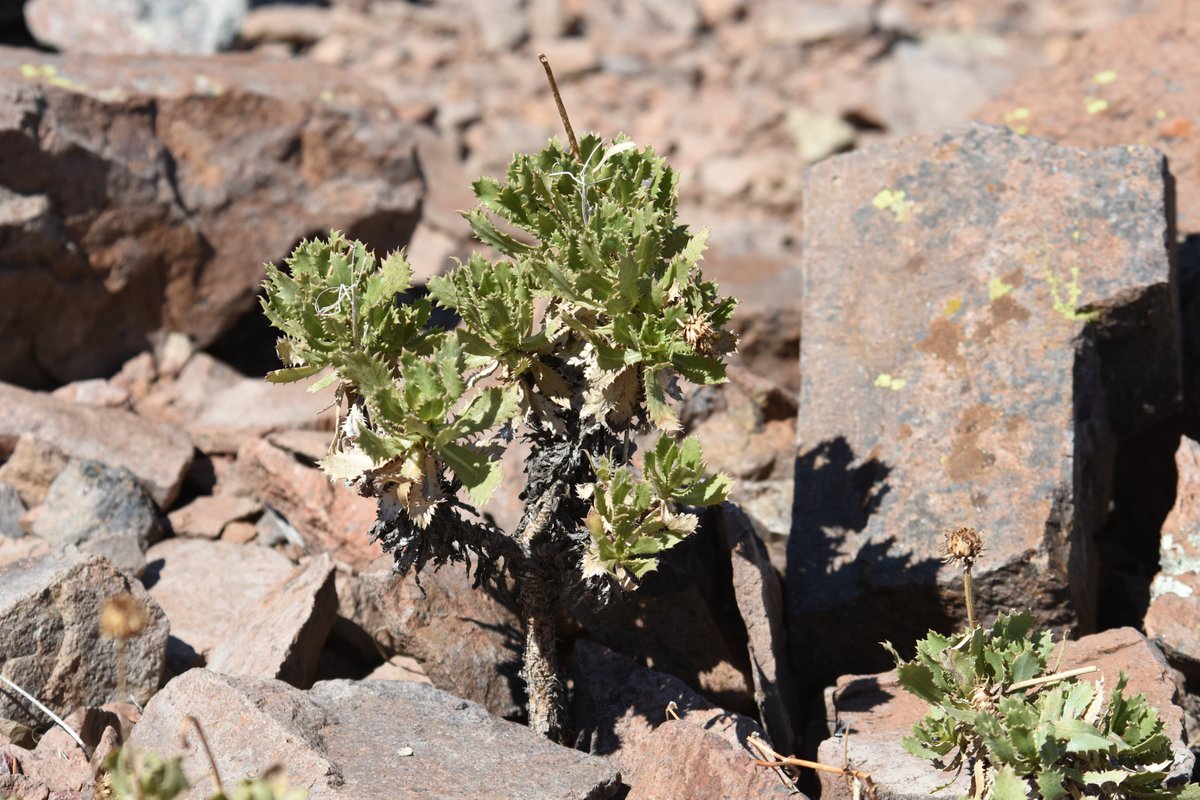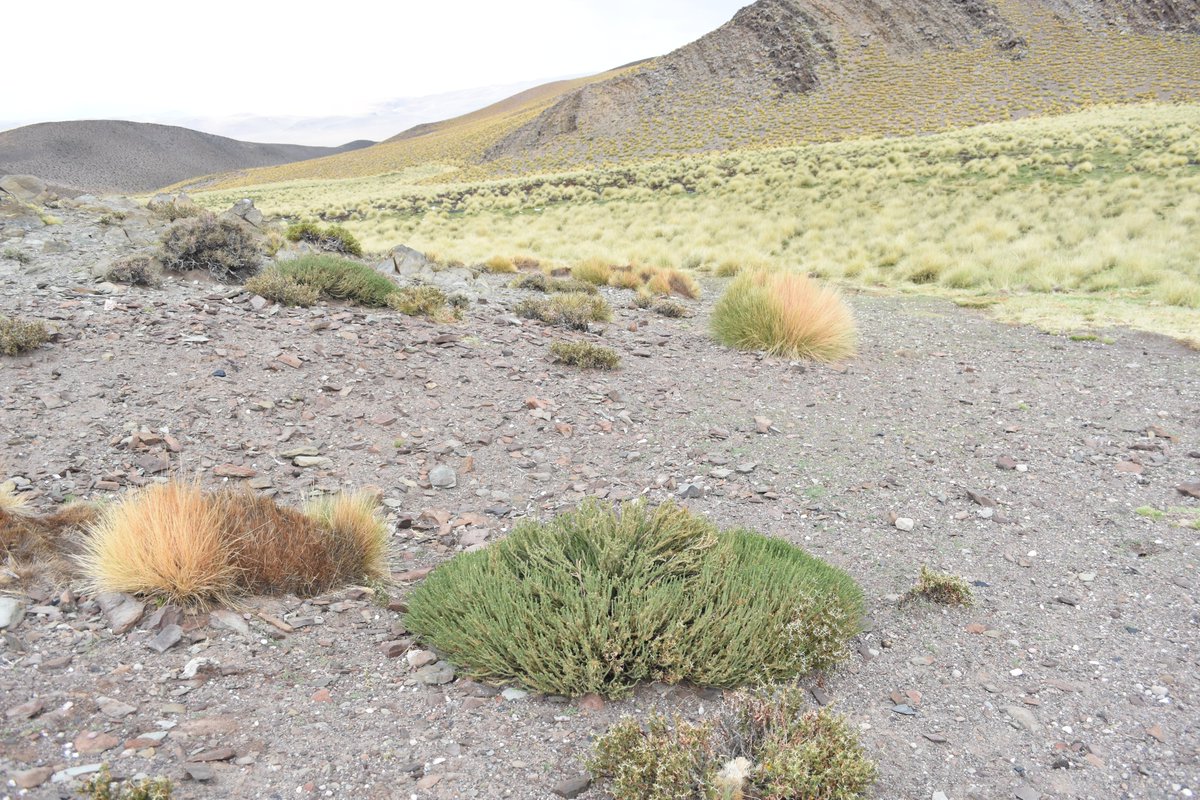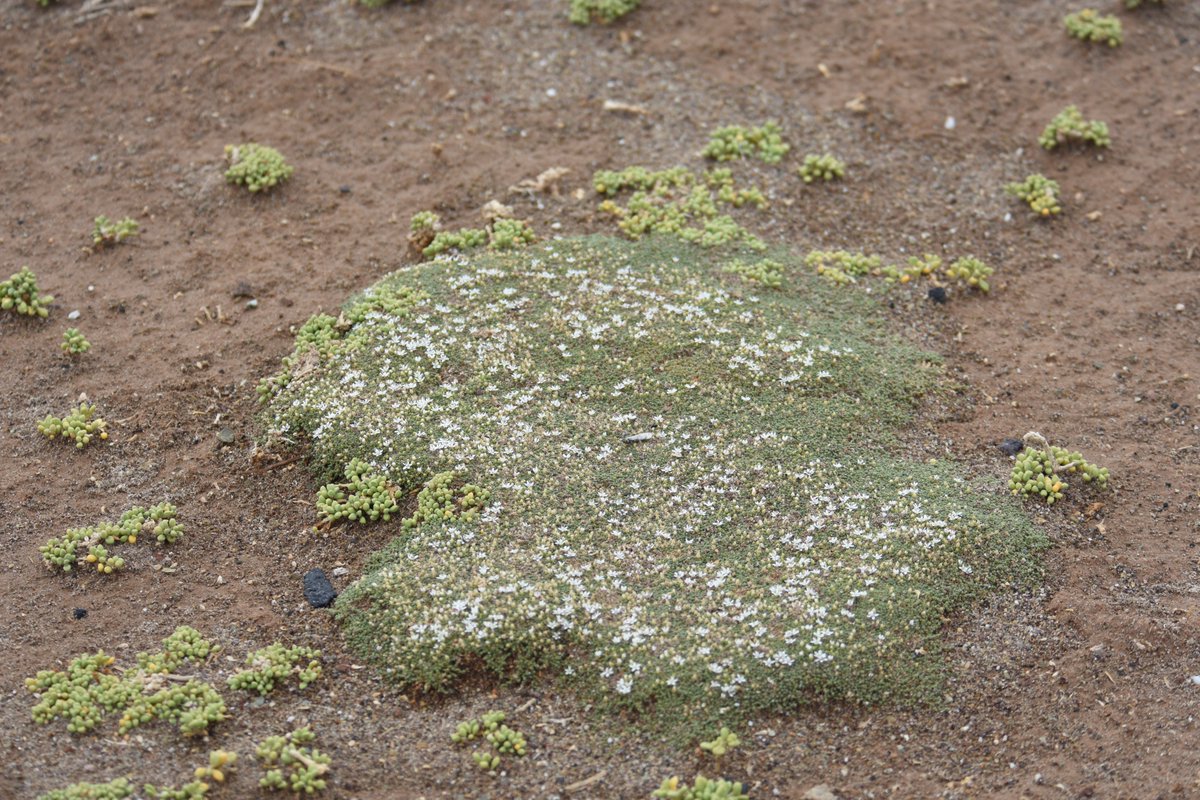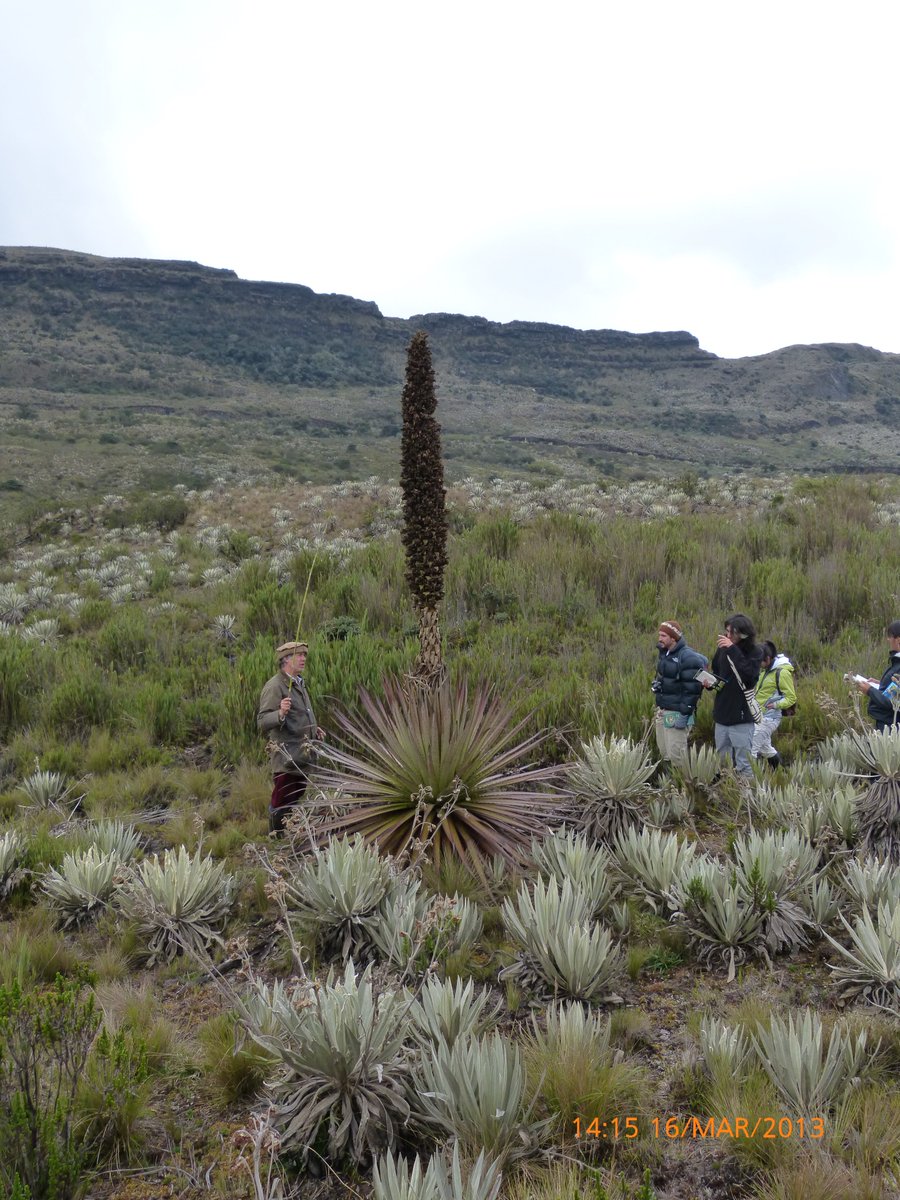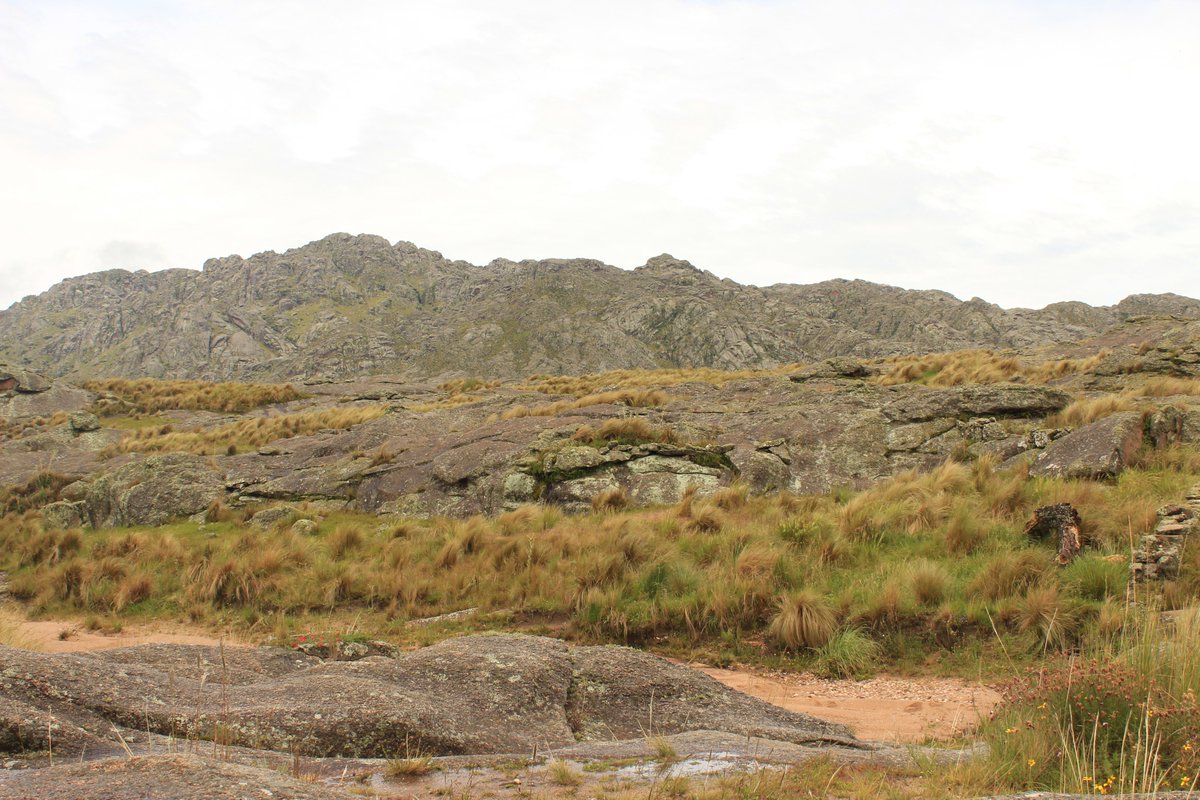Good morning botanical community! Did you know that distantly related plants may converge to similar morphological features to colonize #high-mountain environments? (1/6)
This convergent #evolution is resulting from an adaptive response to similar ecological conditions. Conditions that can be summarized as “summer every day and winter every night” (Hedberg 1970: https://www.jstor.org/stable/2989783 ;">https://www.jstor.org/stable/29... https://doi.org/10.1002/ajb2.1290)">https://doi.org/10.1002/a... (2/6)
First let’s see what is needed to survive in such environs, the most important strategy: grow slow, be small, like #cushion plants ( https://doi.org/10.2307/2446413 ;">https://doi.org/10.2307/2... https://doi.org/10.3732/ajb.1000460;">https://doi.org/10.3732/a... https://doi.org/10.3732/ajb.91.7.1147)">https://doi.org/10.3732/a... (3/6)
Other well-known strategies are ‘defend what you have’ and ‘disperse as you can’ translated into #spiny plants with wind pollination and/or wind-dispersed seeds/fruits, like mountain #cacti or Espeletia ( https://doi.org/10.3732/ajb.94.8.1321;">https://doi.org/10.3732/a... https://doi.org/10.1002/j.1537-2197.1989.tb15145.x)">https://doi.org/10.1002/j... (4/6)
Even when you are a dwarf shrub, the mode of propagation is key to persist in #mountain communities. Vegetative reproduction and spread through clonal growth play an important role in many species ( https://doi.org/10.3732/ajb.1600229)">https://doi.org/10.3732/a... (5/6)
Not all the #plants can cope with high-elevation, above treeline habitats, so who are the winners? Find this out on the next threads! (6/6)

 Read on Twitter
Read on Twitter